There are many churches in Iceland. There is a church in every village and every rural area. Churces are often beautiful and figurative buildings that are a major part in the history of Iceland.
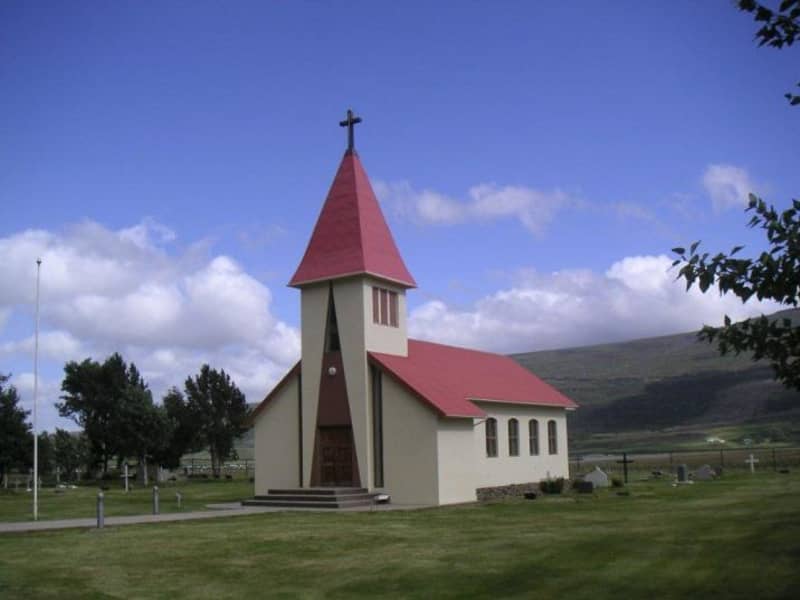
Valþjófsstaður
Valþjófsstaður is an estate deep in Fljótsdalur. It is an ancient manor, and there has been a church since the thirteenth century. Valþjófsstaður was one of the mainstays of Svínfellingar, but several members of that family were prominent in the conflicts of Sturlungaaldur.
The church that now stands in Valþjófsstaður was sanctified in 1966. The door in the inner doorway of the church is a replica of the famous Valþjófsstaður door that Halldór Sigurðsson in Miðhús carved out in the 13th century. The old door was initially used in a manor but was later used as an interior door in an old church that stood in Valþjófsstaður for many centuries. The original door is now in the custody of the National Museum of Iceland.
View
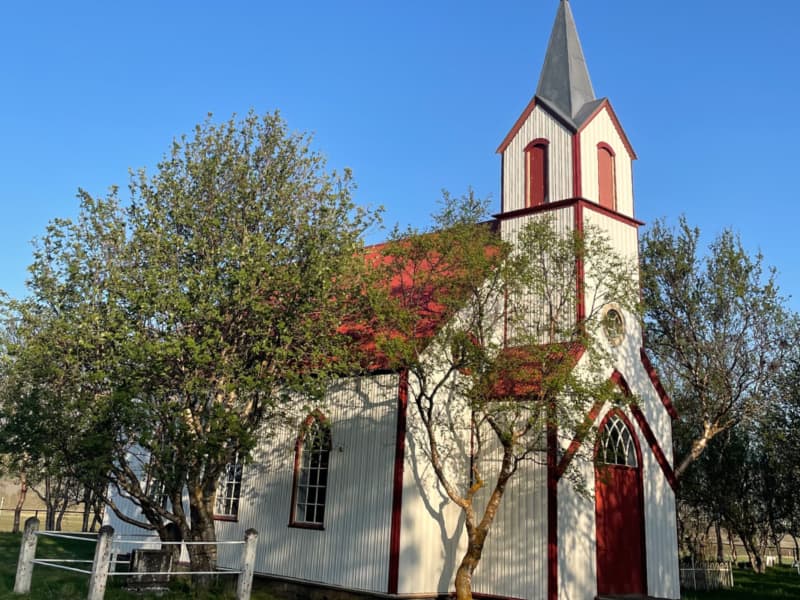
Hofskirkja
The Hof vicarage has always been a major factor in the history of Vopnafjörður. It was home to some of the major characters of Vopnfirðinga Saga and they controlled one of two chieftainships in Vopnafjörður in the 10th century. The only ordained priest also serving as chief, ruled from Hof in the 12th century. A monument to the Vopnfirðinga Saga stands by the driveway to Hof.
It is believed that the first church at Hof was built shortly after the adoption of Christianity. The church currently in use was built in 1901, taking over from a turf church from medieval times. The church stands in Hofskirkjugarður cemetery, a beautiful garden offering pleasant views of Hofsárdalur valley.
View
Möðrudalskirkja
In Möðrudalur there is a small and beautiful church that was built in 1949. Farmer Jón A. Stefánsson (1880-1971) created the church in memory of his wife, Þórunn Vilhjálmsdóttir, who died in 1944. The church is built on the foundation of the older Möðrudalskirkja church. Jón both constructed and decorated the church; he even painted the altarpiece, which shows the Sermon on the Mount.
Previously, there was a parsonage in Möðrudalur, which was closed down in 1716, but then the place was deserted for several years.
View
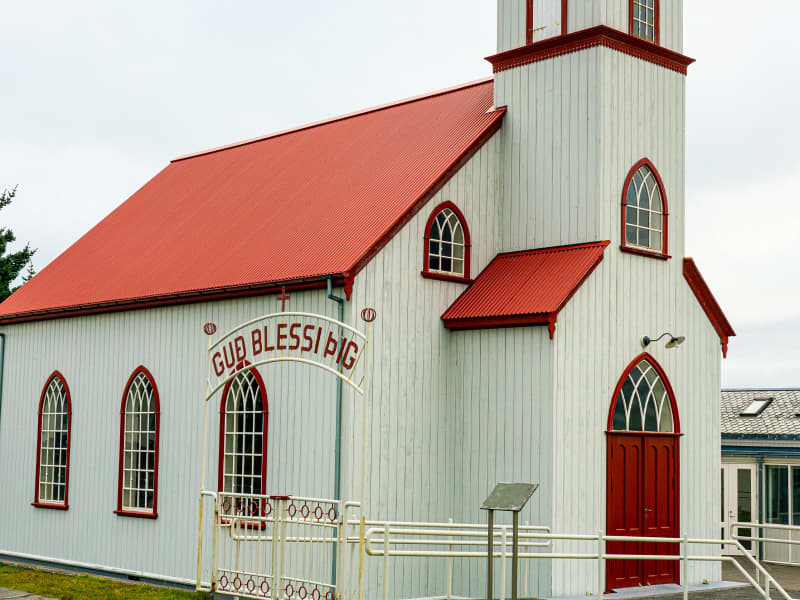
Vopnafjarðarkirkja
Vopnfjarðarkirkja church was built in 1903 and is now a historic building. Until that year, there was no church in the village, but there were churches at Refstaður and Hof (both in Hofsárdalur valley).
The altarpiece in Vopnafjarðarkirkja was painted by Jóhannes Kjarval and is called „Savior talks to the people.“ When bishop Jón Helgason visited the church he is supposed to have said that the people in the painting look like demons in hell. However, he supposedly added that they seemed to be listening closely to Christ nevertheless.
View
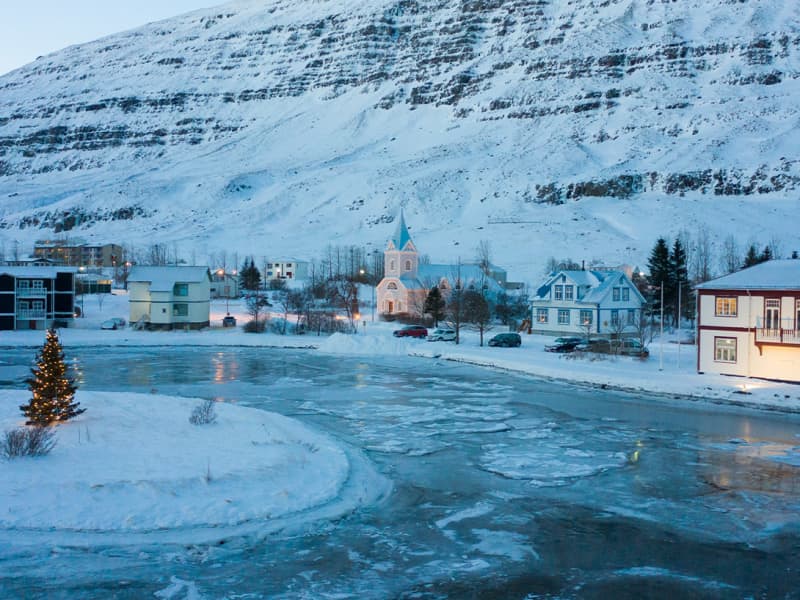
Seyðisfjarðarkirkja
The Church in Seyðisfjörður is one of the most recognisable landmarks in Iceland. With its distinct colour and buildingstyle it has become a popular spot for tourists, especially since the street leading up to it was painted in the colours of the rainbow. The church used to stand at Dvergasteinn farm and in 1882 it was moved to Vestdalseyri. At first the church stood on a hill overlooking Vestdalseyri but in 1894 it was blown over and damaged by a huge storm. The church was rebuilt, this time down on the peninsula and stood there until 1920 when the decision was made to move to its present location in the heart of Seyðisfjörður. In 1989 the the Blue Church was damaged by fire when renovation work was being carried out on the building and a pipe organ that was installed in 1987 was ruined by the flames. Today the Blue Church has a pipe organ of the same type as the one that was lost to the fire.
The Church is open for visitors in the summer.
View
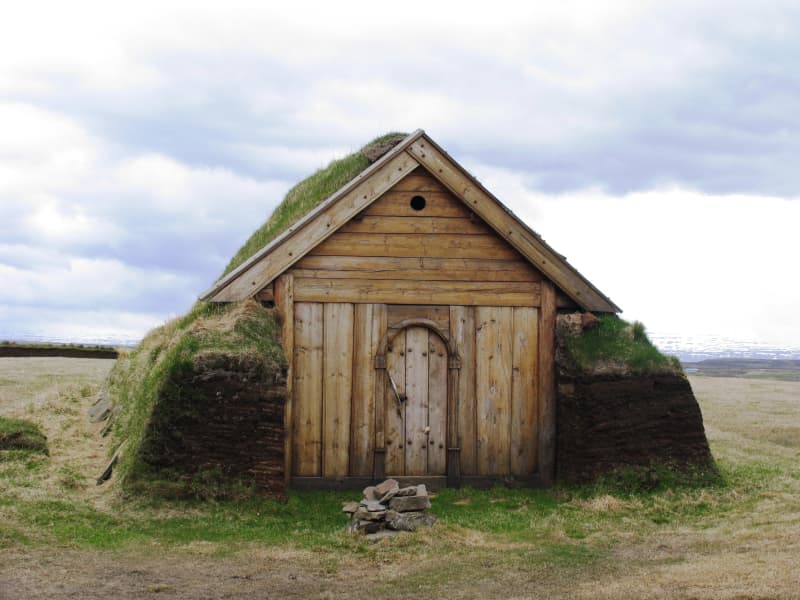
Geirsstaðakirkja
The pretty little turf church Geirsstaðakirkja is a reconstruction of a church from the Age of Vikings. An excavation at the estate of Litli-Bakki back in 1997 revealed ancient ruins of the small turf church, farmstead, longhouse and two smaller buildings. The reconstruction took place in 1999-2001 and the church is now open to the public.
View
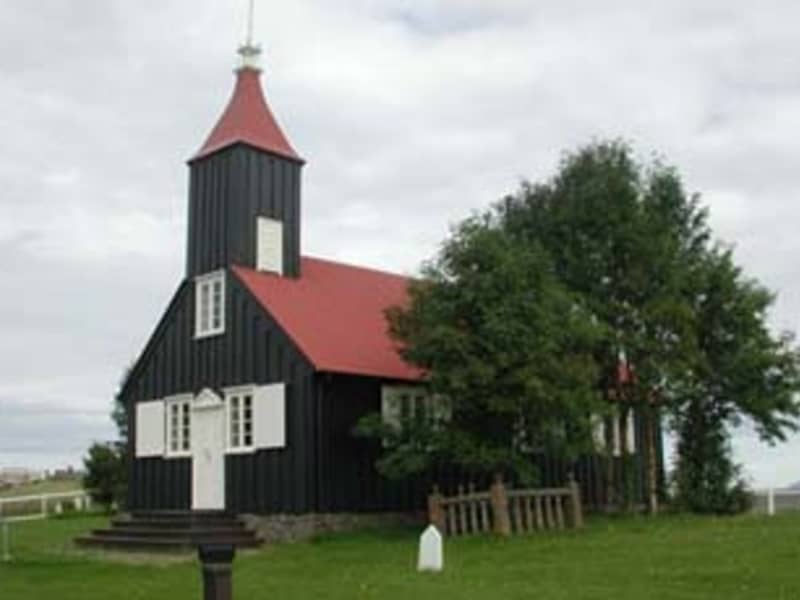
Kirkjubær
Kirkjubær in Hróarstunga was a presbitery until 1956, a site of distinction and local intellectuals. The church dates from 1851 and is well preserved. It has a pulprit dating from the 16. th. century and the baptismal font is beautifully carved by master carver and sculptor Ríkharður Jónsson (ref. Langabúð, Djúpivogur). The altarpiece dates from the year 1894.
View
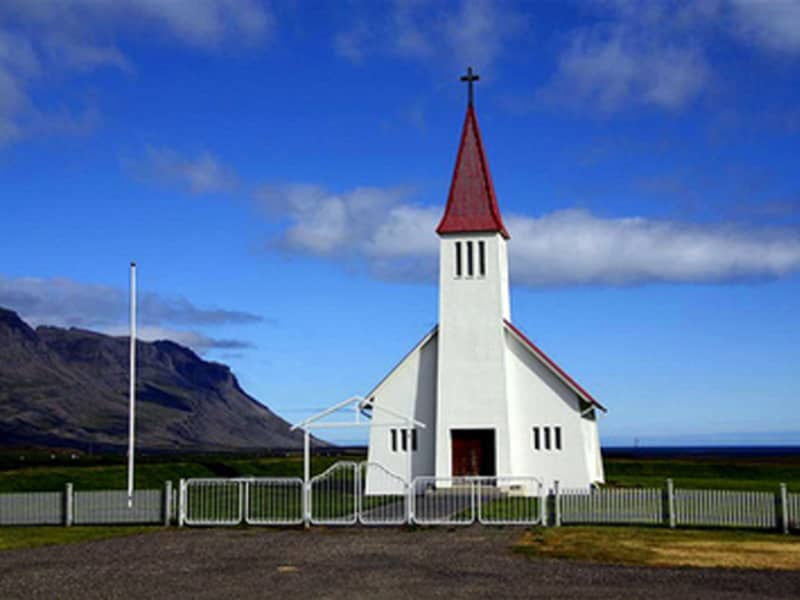
Heydalir (Eydalir)
There has been a vicarage at Heydalir since early Christianity in Iceland and several renowned vicars have served there through the ages. Among them was the vicar and hymn poet Einar Sigurðsson (17th century) whose poetry is still venerated among the nation. A pillar stone has been erected in his memory at Heydalir.
The church that now stands in Heydalir was hallowed July 13th in 1975 and the old church was unchurched that same day. The old church was built in 1856 but it burned to the ground on June 17th, 1982.
The name of the place is somewhat erratic; some people talk say Haydalir and Heydalir is mentioned in some of Iceland’s old Sagas. Others talk about Eydalir, especially older locals, and the vicar Einar Sigurðsson is associated with Eydalir. In the church´s record book, which has been in use since 1909, both names are used equally. Today the official name of this place is Heydalir.
View
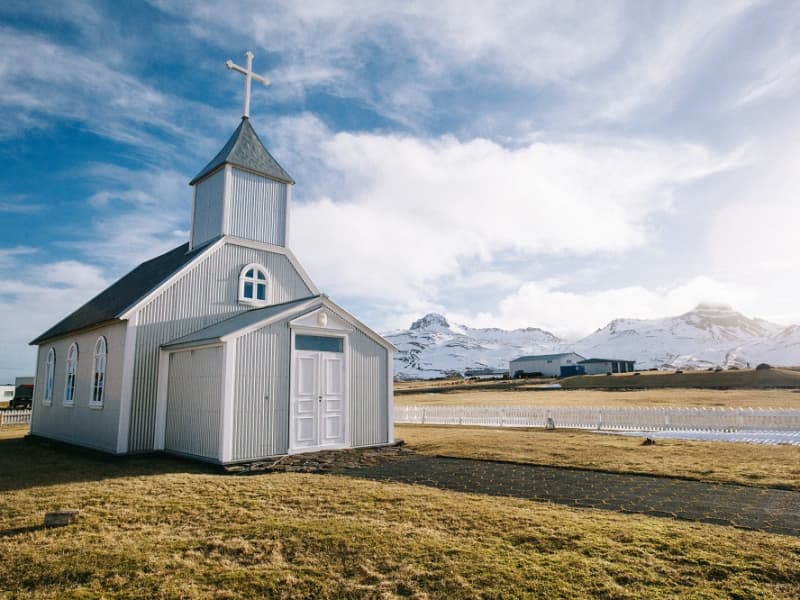
Bakkagerðiskirkja
Placed on the outskirts of the village of Borgarfjörður Eystri, close to the famed Álfaborg - The City of Elves, stands the church Bakkagerðiskirkja, consecrated in 1901. The church boasts of a beautiful altarpiece, painted in 1914 by the famous local artist Jóhannes S. Kjarval who was brought up in Borgarfjörður Eystri. The altarpiece depicts Christ giving the Sermon on the Mount, standing on top of Álfaborg, with the Dyrfjöll Mountains as a backdrop. This piece is one of Kjarval´s most famous works, attracting tourists visiting Borgarfjörður Eystri.
View
